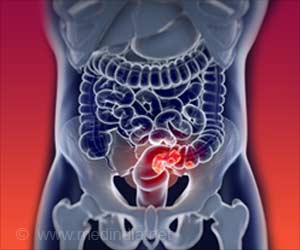The mechanism by which the environmental toxin arsenic leads to adverse health effects, including bladder cancer, has been discovered by scientists.
The mechanism by which the environmental toxin arsenic leads to adverse health effects, including bladder cancer, has been discovered by scientists.
"In a collaborative investigation we found that arsenic, at environmentally relevant levels, is capable of activating the Hedgehog pathway and may represent a novel pathway of arsenic-associated diseases, such as bladder cancer," said Margaret R. Karagas, professor in the Department of Community and Family Medicine at Dartmouth Medical School."We provide important insight into the etiology of arsenic-induced disease, potentially relevant to the millions of people worldwide who are exposed to arsenic," she added.
While the correlation between exposure to arsenic resulting in human tumors such as those derived from bladder, lung and skin is well established, the molecular mechanisms driving this connection is unclear.
Karagas and colleagues examined the hypothesis that the secreted protein called Hedgehog, a key oncogenic signaling pathway, might be activated by arsenic. Activation might underlie the mechanism by which arsenic acts as a co-carcinogen.
Using experimental data from cell cultures and results of epidemiologic studies, the researchers found that arsenic activates the Hedgehog signaling by decreasing the stability of the repressor form of GLI3, which is one of the transcription factors that regulate Hedgehog activity.
Also, Karagas and colleagues found high levels of arsenic exposure associated with high levels of Hedgehog activity.
Source-ANI
TRI
 MEDINDIA
MEDINDIA



 Email
Email






